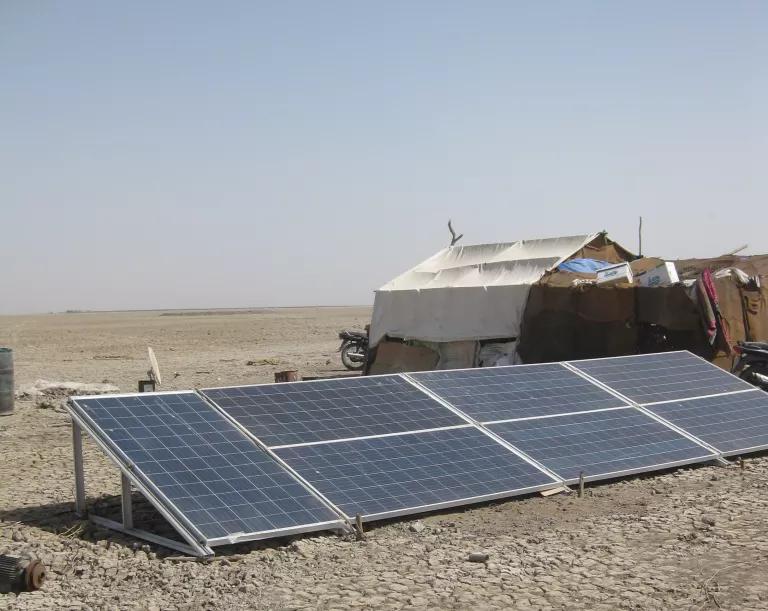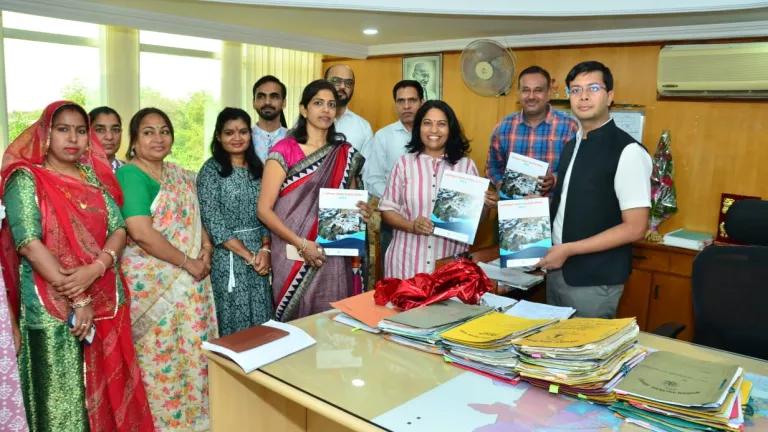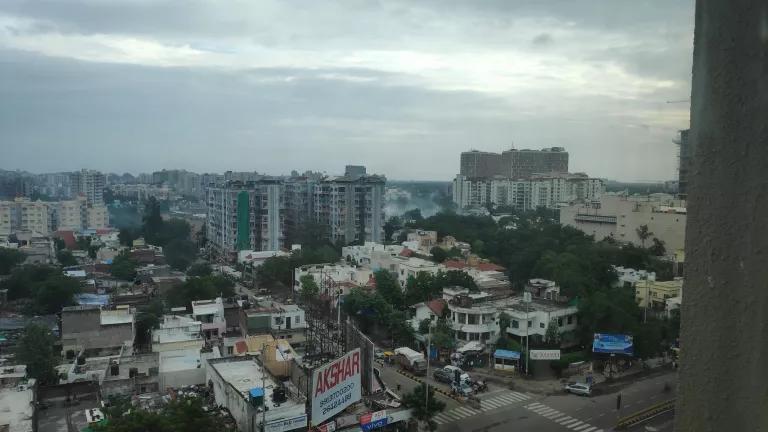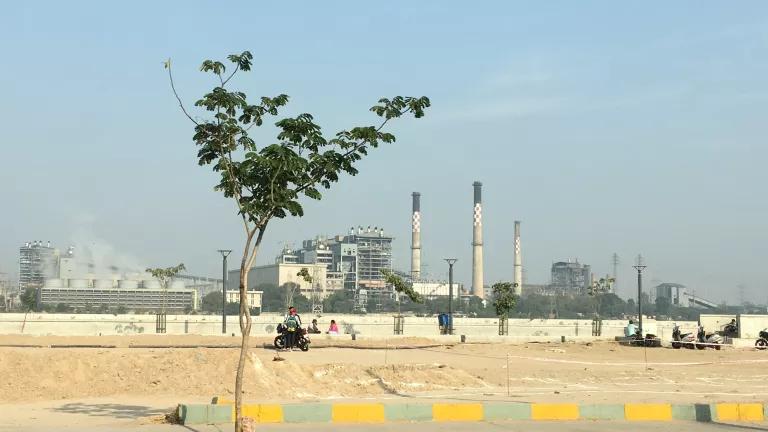A Ray of Hope to Bridge the Climate Divide
The most vulnerable people, including millions in India already battling a deadly COVID-19 pandemic, face the worst impacts of climate change. Climate disasters like the cyclone last month, coming on heels of the year-long pandemic, have exacerbated and laid bare the socio-economic inequities in India and across the world.

Damaged houses and submerged crops in Gujarat due to Cyclone Tauktae
Co-authored with Charu Lata
Creating 10 foot tall waves in the Arabian Sea, and lashing winds on land, Cyclone Tauktae devastated the western coast of India last month. Villages were flooded, buildings were destroyed, and more than 104 people lost their lives due to the cyclone—just one of the many extreme weather events that are getting more frequent and more intense due to climate change. The most vulnerable people, including millions in India already battling a deadly COVID-19 pandemic, face the worst impacts of climate change. Climate disasters like the cyclone last month, coming on heels of the year-long pandemic, have exacerbated and laid bare the socio-economic inequities in India and across the world.
Climate disasters and pandemics do not discriminate but recovering from their impact is certainly quicker for those living in wealthy developed nations. The U.S. has spent $5 trillion on COVID-19 relief and recovery, which is more than the GDP of the bottom 200 countries in the world. In many western countries, people are gradually getting a semblance of normal life back. Many others in the developing world are not as fortunate. The pandemic has caused the first worldwide rise in extreme poverty since the '90s. Due to conflicts, the pandemic and climate change, 34 million people are on the brink of famine, a record 20% increase in one year.
Millions of children are out of school, in India and elsewhere, and many are unlikely to return anytime soon. Discussing merits and demerits of remote learning is a real concern. At the same time, it is sobering to recognize that over 40% government schools in India do not have access to reliable electricity, much less computers or online classes. In Indian villages, healthcare infrastructure is much less established than it is in cities, further exacerbating health risks. Jobs are scarcer and many people are stuck in a perpetual spiral of poverty of energy, time, and finances. In Gujarat, where NRDC and our partner, the Self Employed Women’s Association (SEWA), are working deeply at the village level, the recent cyclone destroyed over 90% of the summer crop, which many folks rely on for their livelihood. Many villages experienced crippling power outages further hampering rescue and relief operations.

Homes with Access to Solar Power Were Back Sooner
Given the stark disparities, stepping up resilience and energy poverty reduction efforts is urgent and critical. SEWA, NRDC's partner on our project to reduce energy poverty and increase jobs in rural India, have done a remarkable job on both of these. For decades, SEWA have utilized their collective strength and bargaining power to fight poverty, increase security and support the self-reliance of poor self-employed women workers in India. In response to the COVID-19 crisis, SEWA transformed their operations to respond to the immediate needs on the ground: handing out supplies and creating awareness to prevent the spread of the virus; delivering groceries through lockdowns; distributing solar lanterns in case of power failure; and having doctors on standby for tele-medicine appointments.
Previous investments in solar energy and climate resilience are already bearing fruit. For several days when Cyclone Tauktae first hit, many villages in Gujarat were drowned in darkness. In the village of Fangni, one house, however, remain lighted—the house of Sri Santokben, which has an off-grid solar roof top from a solar panel pilot program in January 2021. Because of the solar roof, children of neighboring houses were able to take refuge in Sri Santokben’s home. Community members whose phones had died could charge them to ensure that messages of survival could be communicated to loved ones. There is now demand from village folks for more solar panels, which could help as extreme weather events due to climate change continue to occur at greater and greater frequency. In times of extreme duress and fear—solar energy provides a ray of hope for a future more resilient to climate change.
Charu Lata is Electric Mobility and Clean Energy Expert Consultant with NRDC's India Program




